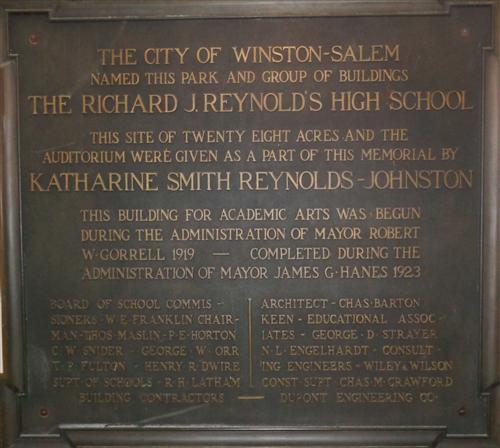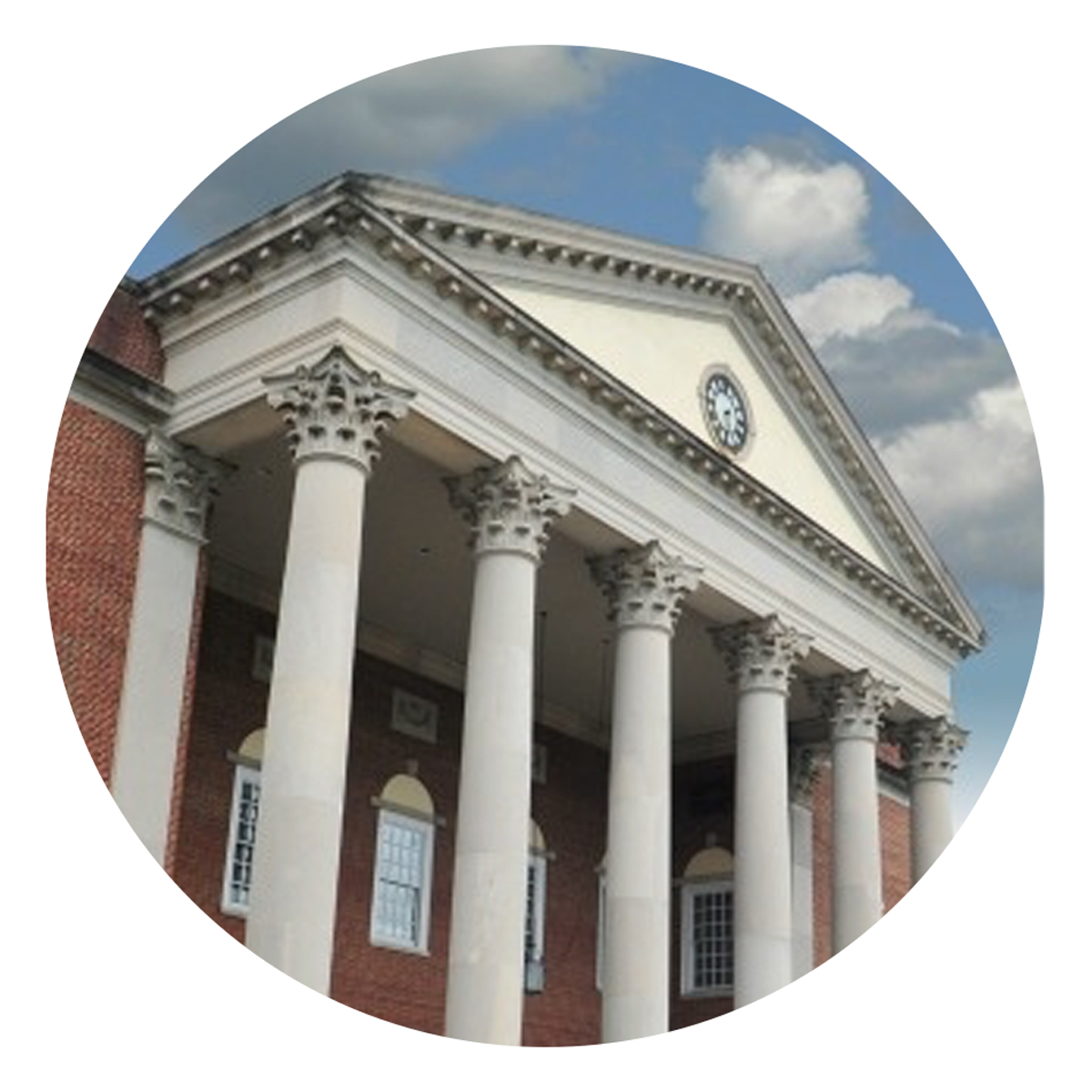Local History
A little bit about Winston-Salem at that time…
Because the population of the city more than doubled between1910 and 1920, and Winston-Salem was (in 1920) the state’s largest and most prosperous city, there was a big demand for new school buildings (throughout the city for students of all ages…and at that time there were two school systems in Forsyth County: one in Winston-Salem, and one for the rest of the County). To meet that city-wide need, and to keep a control on the debt load of the taxpayers, the second building at Reynolds High School was never constructed.
Reynolds Tobacco Company was doing very well, and back then, it was a very labor intensive business. The Hanes companies were doing well, and they were labor intensive businesses. People from the surrounding areas and counties moved to Winston-Salem to get jobs here.
At the beginning of 1923, Winston-Salem had 2 high schools (one for what were considered “white” students and one for what were considered“colored” students). On January 9th, 1923, fire destroyed the Winston High School (located on Cherry Street), which accommodated the “white” students.
Six days later, on January 15th, these students transferred to the 2nd floor of the Academic Arts Building, where they utilized twenty classrooms that had been completed. (This building, when completed, was designed to accommodate 1,200 students in 60 rooms for classes and administration). Students began a full-time schedule in February (when the cafeteria was completed).

Here is a picture of a bronze plaque in the front "lobby" of the school (on the first floor).
One year later, in May of 1924, an $800,000 bond referendum was overwhelmingly passed, to pay for the construction of four new schools, as well as a gymnasium for Reynolds High School on the Hanes Park property.
Once the gymnasium construction was completed, the physical plant of R.J. Reynolds High School made it the third largest public high school campus in the nation! The Richard J. Reynolds Memorial Auditorium was dedicated in May of 1924 (in a 4-day celebration, between May 8 –May 11).
Katharine Smith Reynolds never saw the completed building. She had by that time re-married (to J. Edward Johnston, from New York City, in 1921), and thus was Katharine Smith Reynolds Johnston. She was warned not to become pregnant, as she suffered form conjunctive heart failure. However, she did become pregnant, and during the Auditorium’s Grand Opening ceremonies she was in New York City, under the care of child-birth specialists. She died on May 24th giving birth to their son.
Katharine’s dreams for future usage of the Auditorium were: 1. To showcase accomplishments of public school students 2. For civic or memorial occasions 3. For religious programs 4. For musical and cultural programs featuring renowned artists.
